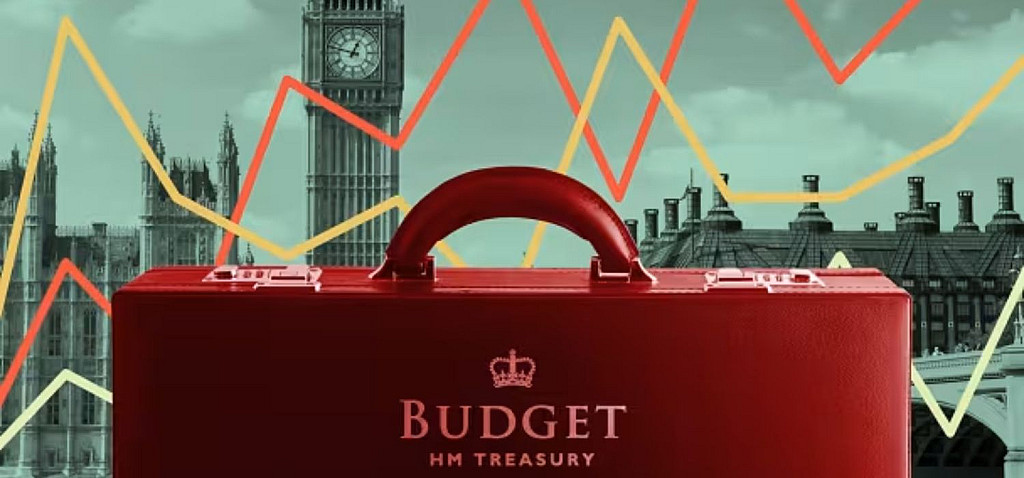Budget surprises?
30th Oct 2024

With one national newspaper calling this the leakiest budget in history, were there any surprises?
It all started with the election. Both parties promised not to raise corporation tax, income tax, national insurance or VAT. This certainly decreased the options, and with labour’s claims that they had inherited a £22 billion black hole, it is not surprising that attention was focussed on the taxes that had not been mentioned: capital gains tax; inheritance tax; pensions tax; fuel duty and council tax.
Despite this, more than half of the tax increase of £40 billion announced in the budget is set to come from NIC.
Employers
In the weeks running up to the budget, it became clear that a rise in Employers’ NIC could be expected, when Rachel Reeves stated that the election pledge on NIC was not to increase contributions on “working people”.
The rate of employers’ NIC is to rise from 13.8% to 15% from April 2025 and will apply to income above £5,000, rather than the current threshold of £9,100. In recognition of the burden this could put on smaller businesses in particular, the Chancellor is increasing the employment allowance from £5,000 to £10,500. She stated that as a result, more than £1 million businesses will either pay the same or less NIC than currently. Only businesses with an NI liability of less than £100K in the previous tax year qualify for this allowance.
In addition to the NIC hit, employers will also be faced with a 6.7% increase to the national minimum wage as the hourly rate for adults will rise to £12.21, for 18-20 year-olds to £10 and apprentices to £7.55.
Individuals
Changes to the rates of capital gains tax were expected and there was speculation about the future of Business Asset Disposal Relief (formerly Entrepreneurs’ Relief). The basic rate of CGT is rising from 10% to 18% and the higher rate from 20% to 24%. This brings CGT for all disposals in line with the current residential property rates. The new rates apply for disposals on or after 30 October 2024 but there are anti-forestalling rules to apply the new rates where contracts were exchanged, but not completed, before budget day. Parties will be required to demonstrate that they did not enter the contract with a view to obtaining a tax advantage by exploiting the tax rule which fixes the date of disposal as exchange rather than completion.
Whilst Business Asset Disposal Relief is retained for the current lifetime allowance of £1 million, the rate of tax payable with the relief will rise from 10% to 14% from April 2024 and 18% from April 2026. Investors’ relief will mirror these rate changes, but in addition, the current lifetime limit of £10 million will be reduced to £1 million for qualifying disposals made on or after 30 October 2024.
The other main prediction for the budget was that IHT reliefs could be targeted. The current nil rate band of £325,000 and residence nil-rate band of £175,000 with the related taper starting at £2 million are to be retained until April 2030. However, Agricultural Property Relief and Business Property Relief are to be reformed from April 2026. There current 100% relief will only apply for the first £1 million of combined business and agricultural property, and above that level, only 50% relief will apply, meaning that IHT of 20% will be charged.
What about Companies?
The government have published a corporation tax roadmap. In terms of current rates and reliefs, the intention is to maintain them for the life of this Parliament, although there is a commitment to monitoring international developments to ensure that the UK remains competitive. This means that the 25% main rate, 19% small profits rate and marginal relief continue uncharged. For capital allowances, following repeated tinkering with rates in recent years, the Chancellor has stated that the government wishes to prioritise stability. The 100% first year allowance introduced by the previous government, known as full expensing, together with the Annual Investment Allowance of up to £1million remain in place for now.
Landlords and those with second homes
With effect from 1 November individuals purchasing an additional dwelling, either as a second home or as a buy-to-let investment will pay 5% above the standard residential rates of stamp duty land tax instead of the current 3% surcharge.
Companies purchasing dwellings for more than £500,000 where the properties are not for commercial purposes, currently pay a special rate of 15%. This is rising to 17%.
Full details of any transitional measures to apply where contracts have been exchanged but not completed prior to 31 October 2024 have yet to be announced.
A detailed summary will be available tomorrow and our tax team will be hosting a discussion to go over the key implications for our clients.
Written by

Latest posts by Julia Clarke
